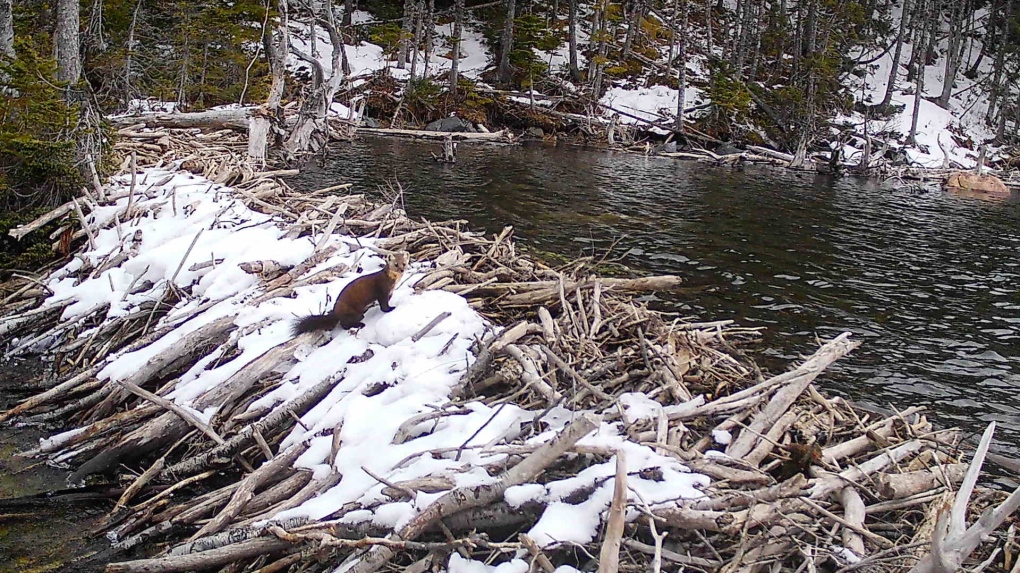SALMONIER LINE, NL –
The rare and illusive Newfoundland marten has made an unlikely comeback, emerging from its threatened designation after decades of conservation efforts.
There are currently about 3,000 animals living in the wild, according to Brian Hearn, co-chair of the Newfoundland Marten Recovery Team. Before there were only 300, he said, and outside experts feared that population recovery would be impossible.
“When I started working on it, the best knowledge we had at the time from the best marten ecologists in mainland Canada was that (there was) very little we could do to bring them back and that they would be extinct by 2020,” he said. .
But, against all odds, the number has experienced a “huge recovery in the last 30 years,” he added. “A great success story for the province.”
The provincial government of Newfoundland and Labrador announced in late February that it had upgraded the animal from threatened to vulnerable.
The Newfoundland marten has differentiated itself from its cousins in the rest of North America, thanks to hundreds of years of island isolation.
It is an obvious genetic outlier: it is larger than other martens and roams a much larger area: up to 25 square kilometers.
It is related to the weasel, but is larger, about the size of a house cat.
The animal can live up to 17 years in captivity, but typically lives a much shorter life in the wild.
The marten was designated as an endangered species in 1996. Hearn said habitat loss, caused by forestry activities, and accidental capture in rabbit traps were big causes of animal mortality.
New regulations were introduced in 2008 that changed the types of wires trappers could use in their traps and have contributed to the recent growth of the species.
“A lot of things happened, but the bottom line, in my opinion, is that we better understood what really put them at risk,” Hearn explained.
Over ten years, Hearn and his team tracked 160 animals, using RFID tags and even traveling in helicopters to track their movements and use of their habitat. Hearn calls it a highlight of his career.
“It was expensive, but we had tremendous support from the forestry industry, the provincial government and the federal government. “So it was certainly a collective effort to recover the species.”
Most of the population recovery has occurred in the wild. There was a captive breeding program in the Salmonier Nature Park on the Avalon Peninsula in Newfoundland, but researchers abandoned the program after a few years.

The recovery is so evident that the famous illusory animal is beginning to be seen more and more in Newfoundland.
Jimmy Short, a wildlife enthusiast on the province’s west coast, captured a Newfoundland marten on his remote cameras twice in the past month.
“I’m 41 years old and I spend a lot of time in the woods, and I’ve only seen them in the last few years,” he said. “I had never seen them before until two or three years ago.”
“I’ve been using my trail camera for five years and they’re just now starting to show up,” he said.
